It has been 50 years since I spent three months living and working in Panama.
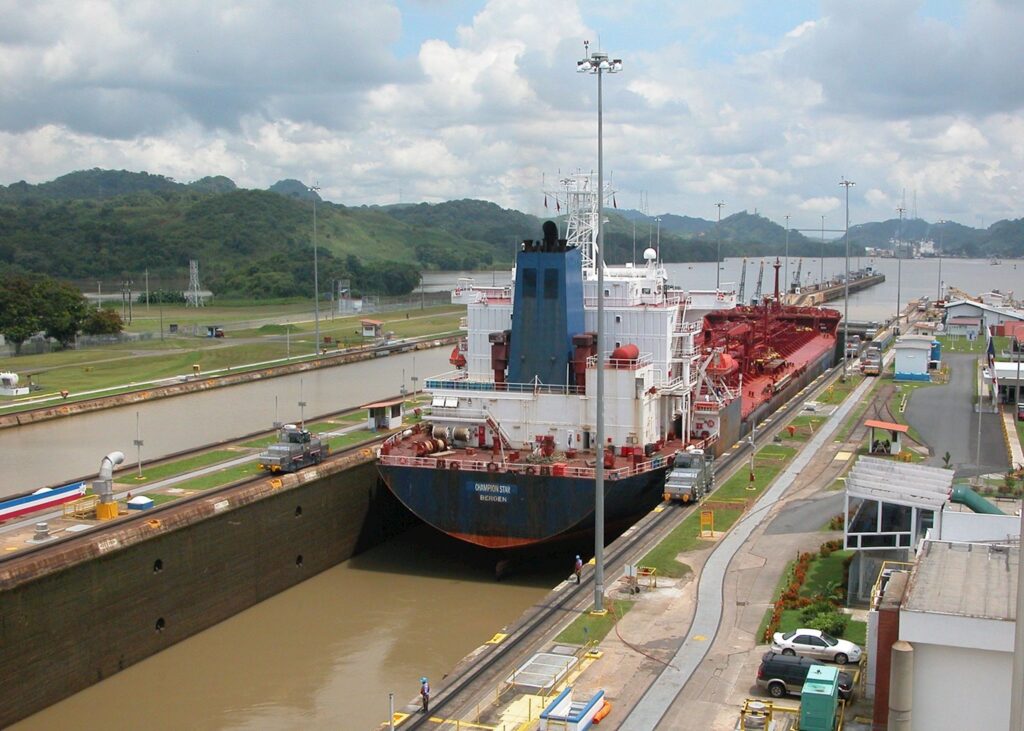
In the early 1970’s I was there in Panama as a consultant with Booz, Allen & Hamilton, which had been contracted to identify ways that the Panama Canal Company, a US government agency, could further improve its operations. The Governor of the Canal Zone and the CEO of the Panama Canal Company, usually a General in the Army Corps of Engineers, was one in the same person, and appointed by the Secretary of the Army.
I was there during the summer months, which were hot, humid and rainy. I remember that well.

But I also remember that I was the only member of my consultant team that chose to live in Panama City and not in the American controlled Canal Zone – a 10-mile-wide swath of land that extended from the Atlantic Ocean to the Pacific Ocean with the Panama Canal in the middle. The Canal Zone was totally Americanized. Thousands of employees and their families living there in 24 different townships, as well as thousands of military personnel assigned to 18 different military installations we had at the time. In addition to the operations of the 24/7 Canal, the Zone had everything you would see in a typical American community – schools, grocery stores, movie houses, shopping malls, parks, streets, sidewalks, you name it.
But no, I did not want that for me. I wanted to experience as much of the local Panamanian culture as possible by at least living in the adjacent city and not in the Zone.
When I returned to Panama City this past week, what shocked me most was not the culture, the number of people, the traffic, the fantastic ceviche, the hot and humid weather, the beautiful Pacific Ocean lining the city. No, none of these things.
What shocked me the most was the number of high-rise buildings. The number of skyscrapers. I could not believe what I was seeing.
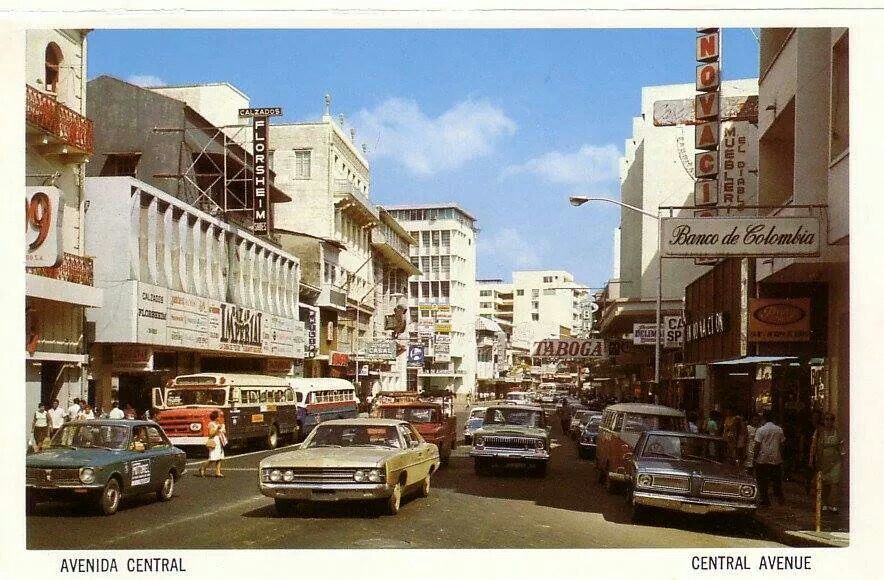
When I was living there 50 years ago, I can’t remember seeing any skyscrapers at all. Or any really tall buildings.
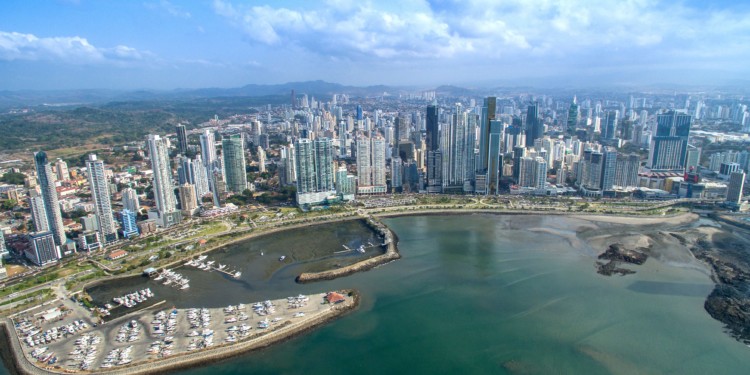
Now, the contrast is unbelievable. There are so many high-rise buildings that they are blocking each other’s views of the Pacific Ocean. There are now 67 skyscrapers in Panama City. A skyscraper is defined as a building that has 40 floors or more, or is 492’ or more tall.
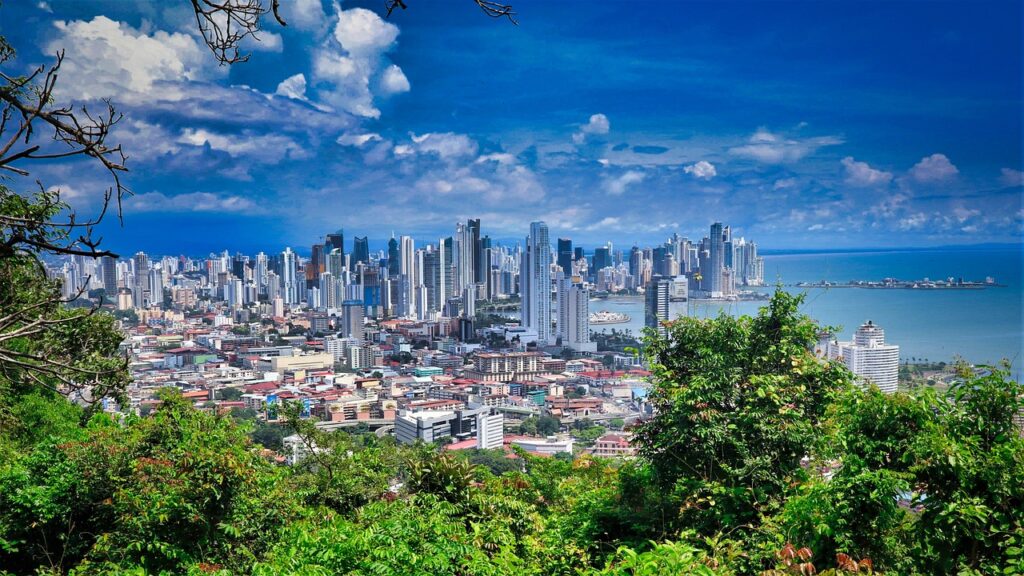
The number of skyscrapers in Panama City exceeds the number in cities such as Beijing, Moscow, Miami, Sydney, Houston, London and Los Angeles to name a few. And yet its metropolitan population of 2 million is way less than the other cities mentioned above.
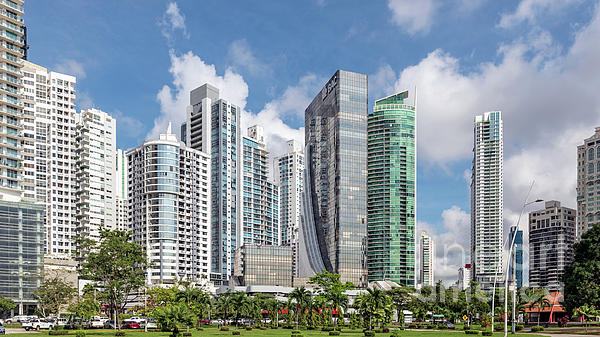
Of the tallest buildings in the Latin America – ones that are 660’ or more – 23 of them (or 51%) are in Panama City.
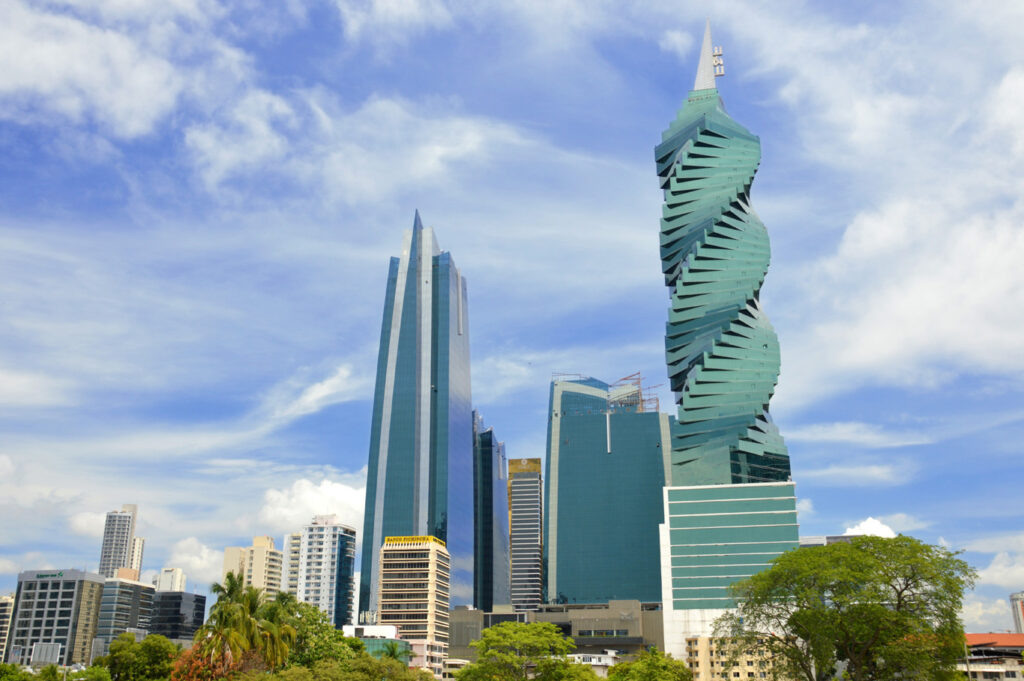
Some of the more unusual skyscrapers include the El Torrillo, nicknamed The Screw, some 53 stories tall, built in 2011.
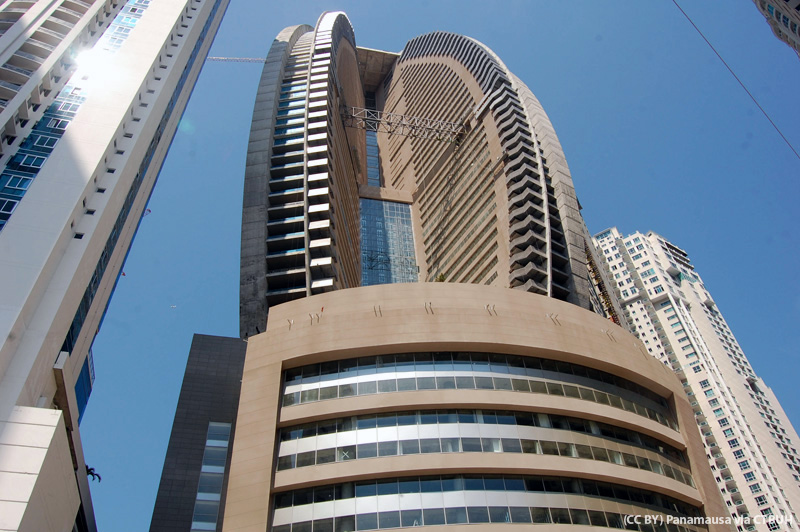
Another one of note is the JW Marriott Panama, with its 70 floors, completed in 2011. This building was Donald Trump’s first foray into international buildings, which initially was called Trump Ocean Club. But “because of the declining value of the Trump name” his name was removed from the building in 2015 and from the hotel in 2018.
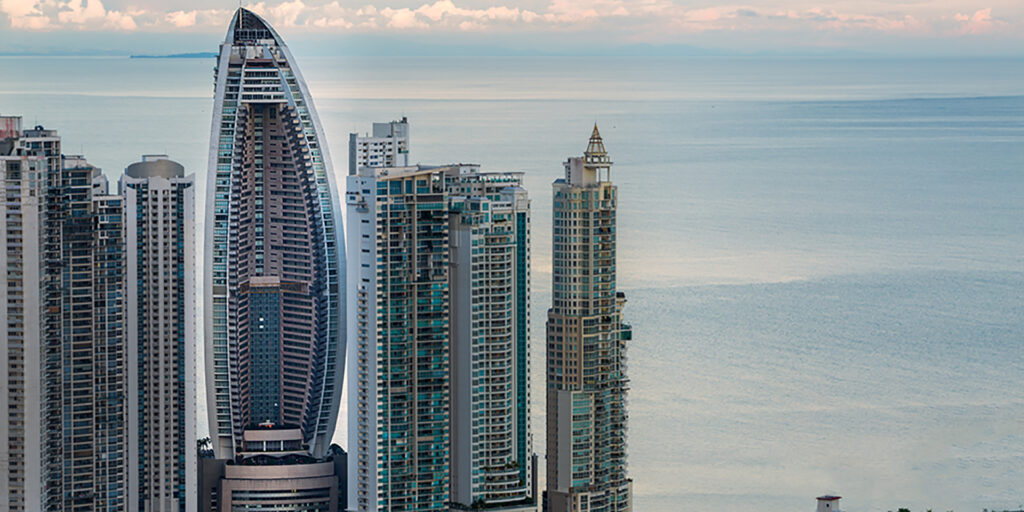
Almost all, if not all of these have been built in the last 20 years, since the turnover of the Canal from the United States to Panama was completed in 1999.
Where did this building boom come from? Why, all of a sudden, would high rise buildings start popping up in Panama City?
Doing some digging and asking some questions, the best answers I can come up with are the following:
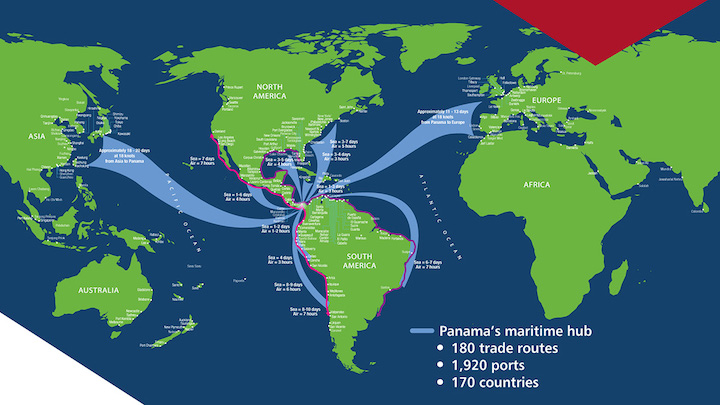
One, the obvious financial viability of the Canal which is now run as a money making commercial enterprise by the Panamanian government. In addition, a favorable tax and regulatory environment, with some 80 banks located in the city.
Two, the fact that Panama sits geographically in the middle of the Western Hemisphere, halfway between South America and North and Central America.
Three, the fact that there are no earthquake or seismic concerns in Panama City.
And fourth, and I am not sure that I am putting this correctly, nor do I have any data to back this up, but it has been reported that many of these buildings have been constructed as a way of laundering money.
Or, to be more generous, Panama and its 80 banks offer a place for individuals and businesses from all over the world to deposit or park some of their monies. In turn, these banks make money by loaning out the significant deposits they have. Loaning funds to build skyscrapers is obviously popular.
Anecdotally, what I have observed is that there are not many lights on at night in many of the high rise buildings. This leads me to surmise that the floors and flats and offices are either vacant or the owners are absentee.
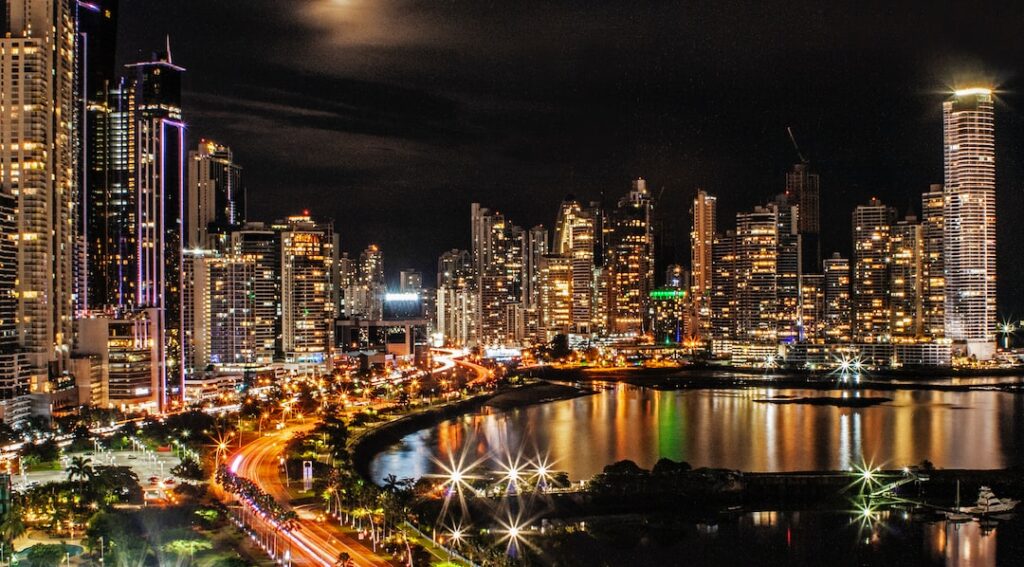
Regardless of why the ultra-modern skyscrapers have been built, I can say that they are remarkable and striking. The skyline is impressive.
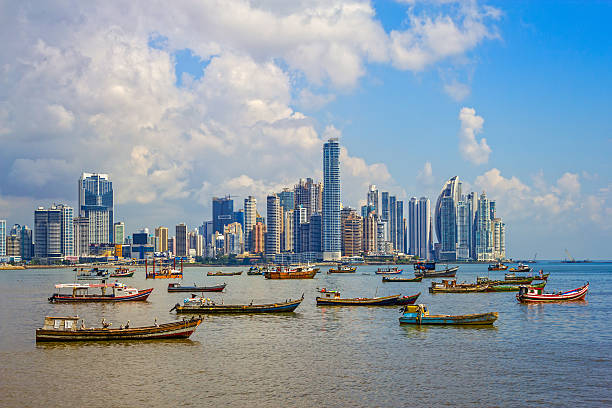
The skyline, the high rises, the skyscrapers are a shocking difference from the Panama City that I knew and lived in some 50 years ago.
I had no idea! Thanks for this. Some of the new skyscrapers in New York are pretty empty too. Just parking money.
Panama 🇵🇦 is such a beautiful country and the people are so friendly. There is so much more to Panama then the city.
Cruised thru the C-Anal twice. The skyscrapers were prominently visible from the ship. Thought it was a bit of an anomaly at the time. Your observations and conclusions are not surprising. Panama serves as a tax haven and it would not surprise me if dark money found its way there. Much too secretive for this ex banker’s comfort!
Compare a GALLON OF EVIAN 💦
to a GALLON OF GASOLINE ⛽️ in CA:
Roughly 4 liters in a gallon:
— EVIAN: $18.36
for four liter bottles at 7-11 ($4.59 per liter)
— GASOLINE: $4.50
Ooops: this water comment meandered into your Panama post— was intended for your Water post!! Sorry!